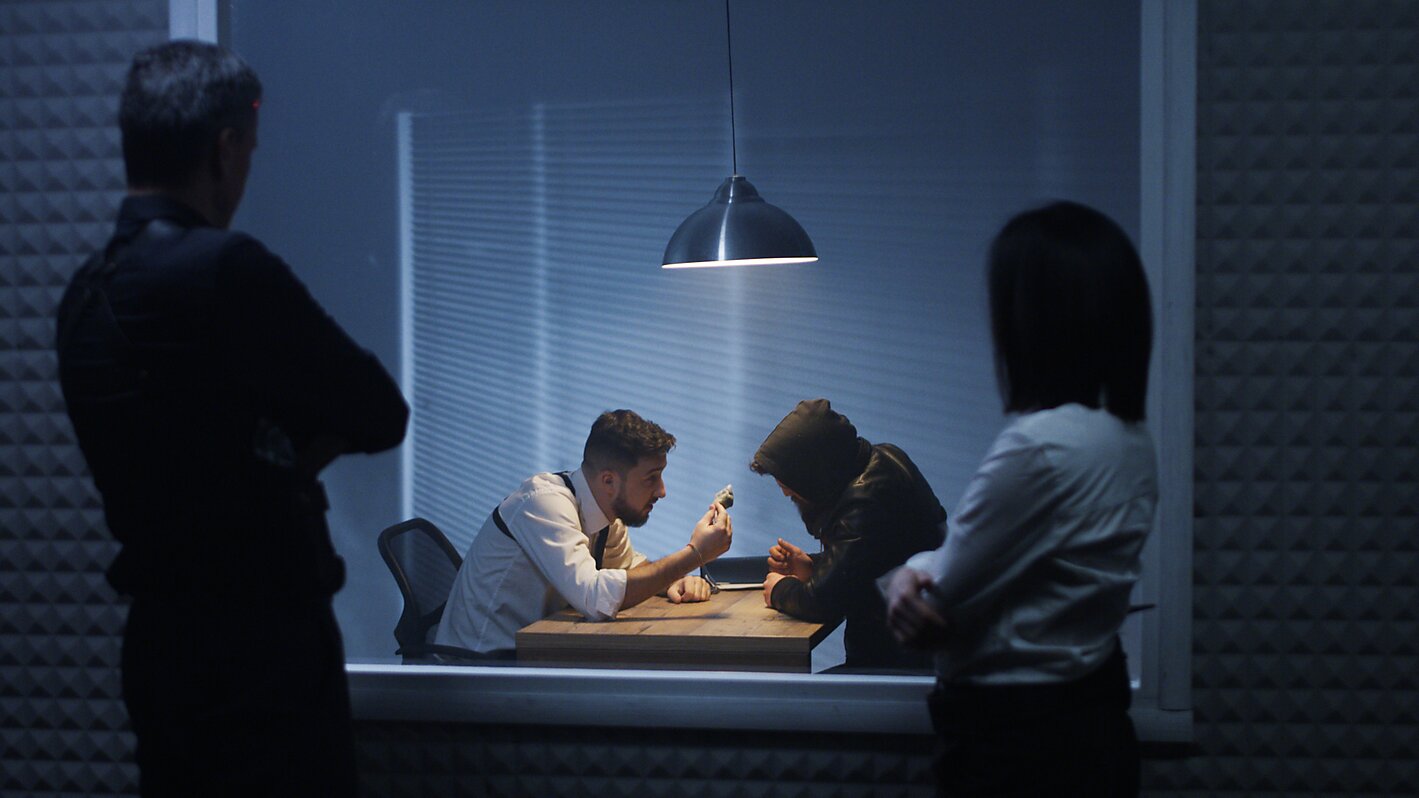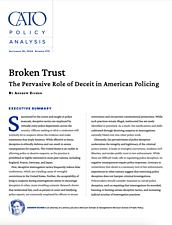First, deceptive interrogation tactics frequently induce false confessions, which are a leading cause of wrongful convictions in the United States. Further, the acceptability of lying to suspects during interrogations seems to encourage deception in other, more troubling contexts. Research shows that testimonial lies, such as perjury in court and falsifying police reports, are commonly employed by officers to secure convictions and circumvent constitutional protections. While such practices remain illegal, testimonial lies are rarely identified or punished. As a result, the justifications and skills cultivated through deceiving suspects in interrogations naturally bleed over into other police work.
Ultimately, the pervasiveness of police deception undermines the integrity and legitimacy of the criminal justice system. It leads to wrongful convictions, weakens civil liberties, and erodes public trust in law enforcement. While there are difficult trade-offs in regulating police deception, its negative consequences require policy responses. Contrary to contentions that deceit is a necessary tool of law enforcement, experiences in other nations suggest that restricting police deception does not hamper criminal investigations. Policymakers should consider measures to curtail police deception, such as requiring that interrogations be recorded, banning or limiting certain deceptive tactics, and increasing judicial scrutiny of interrogation practices.




